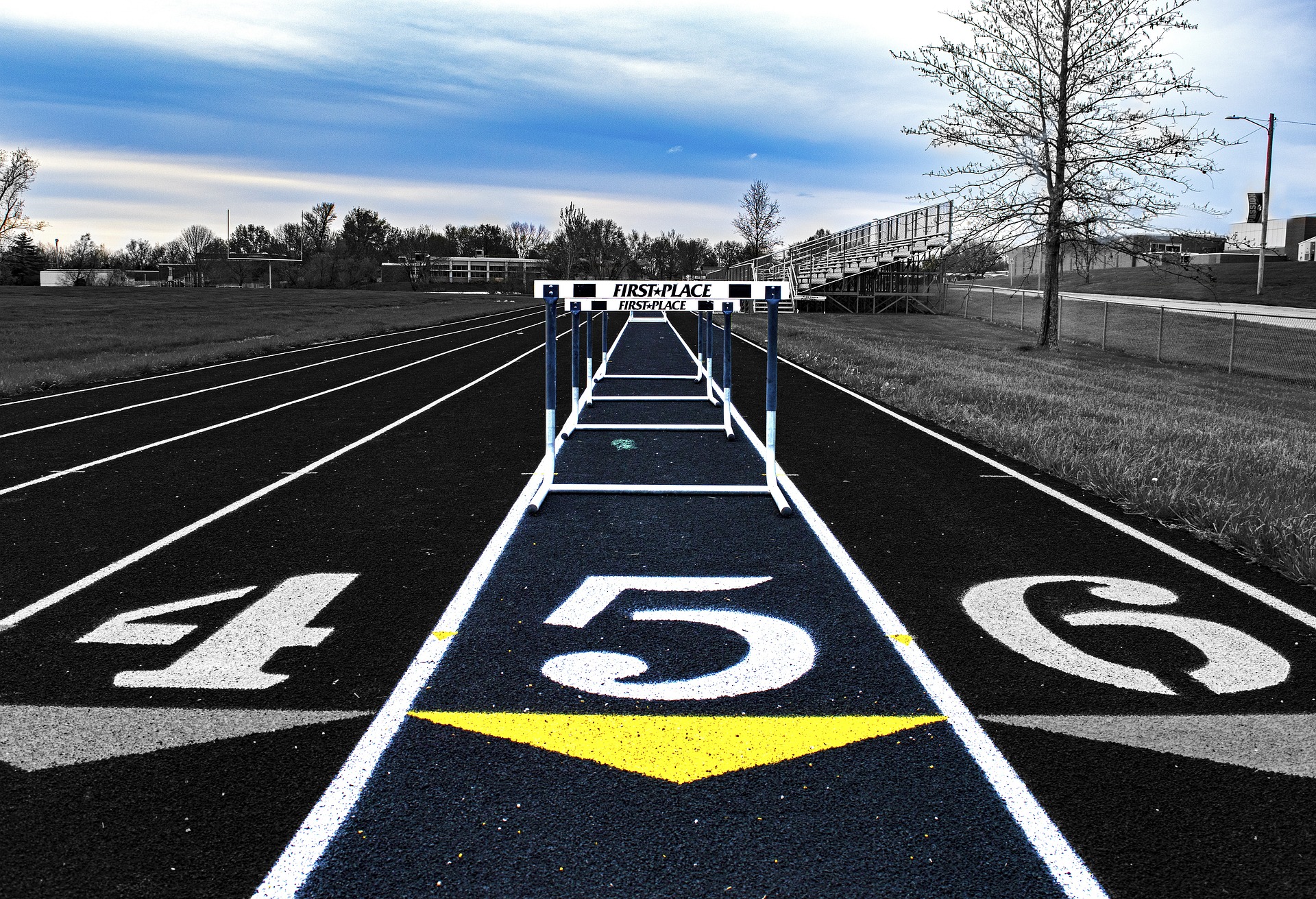There are infinite ways to be attacked. You can’t handle all the possible situations with a single set of techniques for each instance. This is […]
Month: September 2009
5 Ways to Improve Your Karate Moves
I mention in my previous article on Ghestalting (such as Remember Your Kempos) that the mind uses chunks of information when accessing or encoding memories. […]
Do Your Homework
Practice routines and techniques at home. Yes Kempo has homework! The best method of acquiring new skills is to practice daily. This helps on three […]
Remembering 9/11
Eight years ago, I was dropping off my daughter at daycare when I heard about a plane that hit one of the twin towers. I […]
10 ways to help your dojo stay open for business
If you’re like me, you see the dojo as your second home. You love being in the Hall of Training, working on your material to […]
My Neighbor the Grandmaster
Martial arts come in many, many styles. In turn, there are millions of practitioners of the warrior arts. This means there are all sorts of […]
Five Levels of Implementation
I’m often criticized for teaching students in a simplified format. That is having an uke (attacker) punch in and remain static while the tori (defender) […]
Complementary Actions: How A Strike Leads To The Next Strike
The notion of absolute opposites, such as “good vs. evil” or “light vs. dark,” is crude and unsophisticated. It’s too simplistic and doesn’t accurately reflect […]


